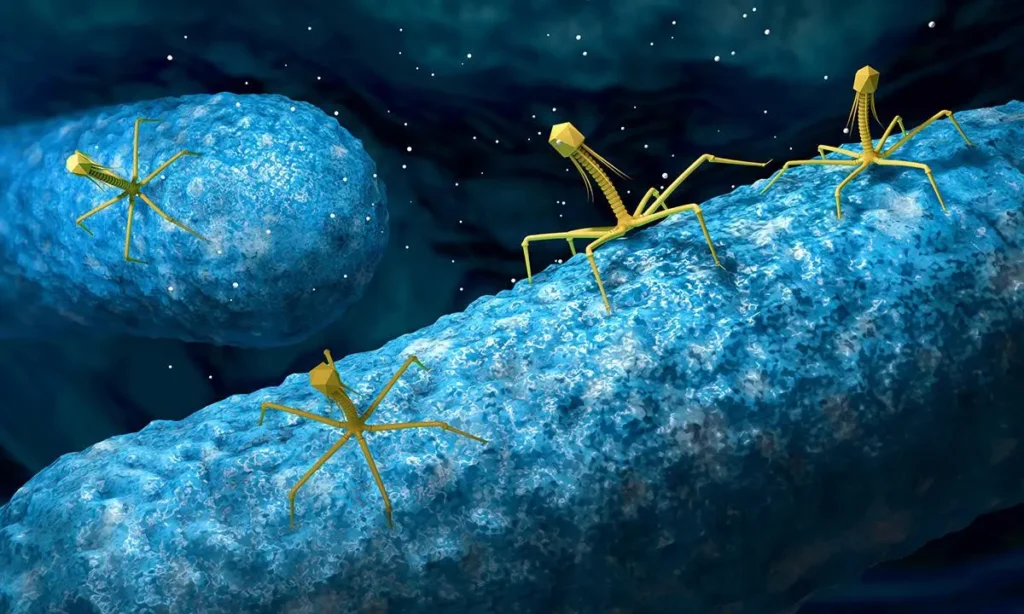It’s easy to dismiss insects as simple creatures buzzing around our world—but did you know each insect hosts up to 10 different bacterial species inside its body? That’s right: every ant, beetle, butterfly, or fly could be carrying a tiny universe of microbes within it.
The Earth Is Home to Billions of Species
Scientists estimate there are around 2 billion species on Earth, and approximately 6.8 million of them are insects. That means the planet is practically crawling with microscopic bacterial worlds living inside these tiny beings.
Not Just Pests—They’re Microbial Hosts
Insects aren’t just carriers of disease or garden nuisances—they’re vital players in ecosystems. And their microbiomes? They help insects digest food, build immunity, and even affect their behavior. Some bacteria can influence how an insect reacts to danger or navigates its environment.
Why 10 Bacterial Species?
The number might seem random, but researchers have found a consistent pattern: most insects carry at least ten distinct species of bacteria, each with a specific role. Some aid digestion, others help fight off harmful pathogens, and a few are still a complete mystery to science.
These Bacteria Aren’t Freeloaders

It’s a symbiotic relationship—meaning both the insect and the bacteria benefit. The bugs get help processing nutrients or staying healthy, and the bacteria get a warm, safe place to live. It’s nature’s version of mutual support.
Bacteria Can Be Inherited
Insects don’t just pick up these microbes randomly; some are passed down from generation to generation. That means the same types of bacteria might exist in entire insect families, creating microbial legacies that stretch back millions of years.
Microscopic Ecosystems That Matter
These bacteria affect more than just the insect. They can change how insects interact with plants, predators, and even humans. In some cases, bacterial species inside insects help spread diseases—while others could be harnessed for medical breakthroughs.
The Future of Insect Microbiology
Scientists are only scratching the surface. New research in insect microbiomes could help us control pests naturally, develop new antibiotics, or even unlock secrets about how complex ecosystems stay in balance.
Nature’s Hidden Networks
The next time you see a fly on your window or a beetle under a rock, remember: it’s not alone. Inside that insect lives a bustling community of bacteria, each one playing a role in an unseen but essential world.
Mind-Blowing Microbial Math
If every one of the 6.8 million insect species carries ten different bacterial species, that’s at least 68 million unique bacteria—and that’s just in the insect kingdom! The microbial biodiversity is far greater than we’ve ever imagined.











